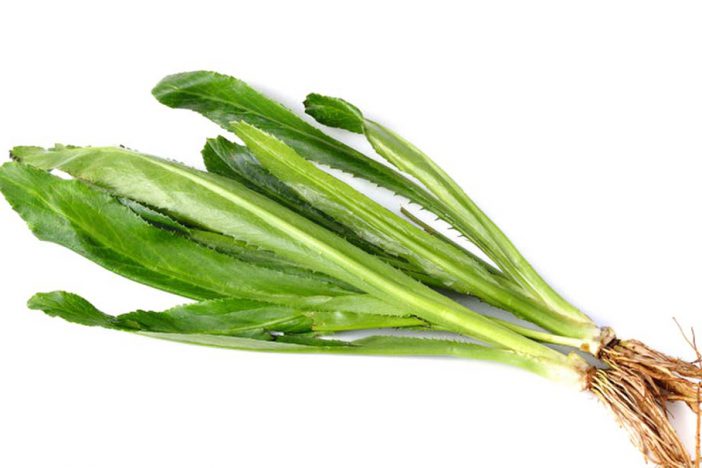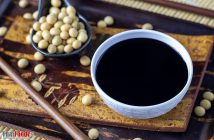The leaves of the culantro plant are only the part used in Thai cuisine as either an aromatic seasoning or garnish for various Thai dishes.
Culantro or Eryngium foetidum, called phak chi farang in Thai, is a tropical herb in the family Apiaceae, likening to coriander (or cilantro in Spanish). It is a pungent-leafy herb with about 15-20-cm-long and 1-inch-wide, flat, glossy green and serrated leaves, growing around a central stem. When mature, it develops a flower stem with multi branches, each bearing a spiky-green flower. It is native to Mexico, Central and South America, but cultivated worldwide. Its common names also include Mexican coriander, long coriander, sawtooth coriander, etc.
Culantro is often confused for the similar spelling with cilantro (also well known as coriander), which also share a similar aroma and flavour, but more intense. In Thai cooking, culantro is often added in a fresh form as an aroma seasoning or garnish. In making various spicy salads in Isan (northeastern Thai) style, the culantro leaves are often chopped crosswise and added together with sliced shallots, chopped spring onions, chopped corianders and mint leaves. This is the distinctive characteristic of these salads. Culantro is often used interchangeably with coriander in making tom yum soup, especially in tom yum pla (hot and sour fish soup). The leaves are also chopped crosswise and sprinkled on the soup just before serving. Many soups in Lanna (northern Thai) style also include chopped culantro in the same way.





